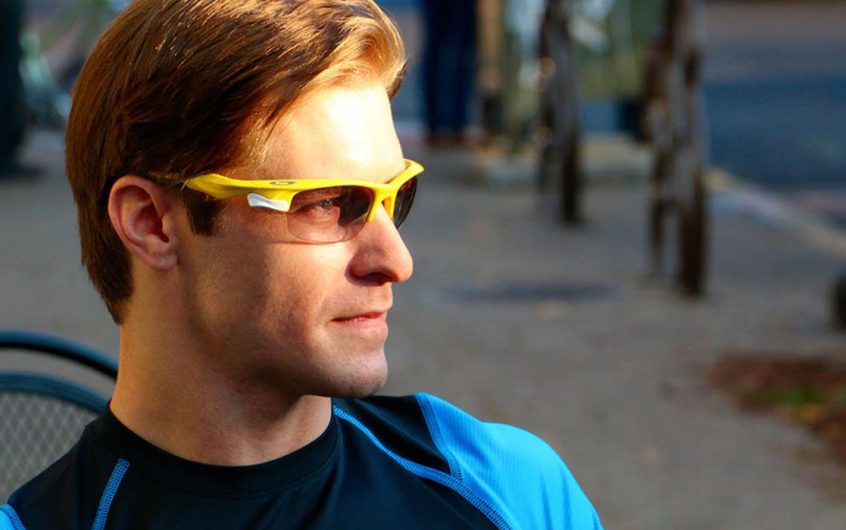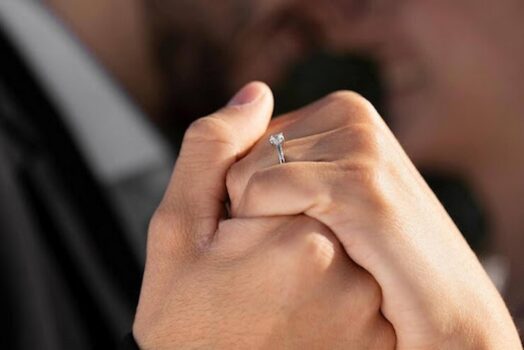The first records of glass being used to correct a person’s sight date back to the time of the Egyptians, Greeks and Romans. However, these references are anecdotal; for example, Nero was said to watch gladiators fight through an emerald. This could have been for magnification or purely because of the green hue that filtered sunlight. Or, a letter written by a renowned Roman complained about now having to rely on his servants to read, supporting the idea that the options of corrective glass wear for your vision was not an option. Equally, this could mean that corrective eye wear did exist, but this gentleman did not have the option to use it.
Around 1000 AD, the magnifying glass was invented. It was known as a reading stone and was used by short-sighted monks. It is referenced in the Book of Optics by Alhazen, an Arabic book which was translated into Latin around 1200 AD.
The first solid evidence of eyeglasses being used was by Venetians about 1300. They combined their expert knowledge of glass and the technology of the reading stone to create glasses that could be held in a frame on the bridge of the nose. Friar Giordano da Pisa called it “the art of making eyeglasses, which make for good vision”. The Venetian’s quickly saw the importance of their invention and a ScuolaPiccolawas founded to regulate the industry of eyeglasses.
Early glasses only tackled the problem of presbyopia, which is the term to describe age related eyedegeneration. In 1604, Johannes Kepler offered a solution to short-sightedness and also presbyopia. And so, the modern eyeglasses were born. There still posed the problems of how to keep the eyeglasses on the face. This was solved by James Ayscough, who created eyeglasses with double hinged arms. In 1780, Benjamin Franklin invented the Bifocal, thus creating a set of eyeglasses that could solve presbyopia and short-sightedness in one.
Leaps and bounded have been made in the technology of the eyeglass, however, there was still a great sigma around wearing them. The French would only wear them in private, and the English would wear designs that were easily hidden. Only in Spain is it documented that wearing glasses was considereddistinguished.
With science and technology improving through the industrial revolution and into the twentieth century, design and style continued to help develop the eyeglass. Today, the eyeglass is respected as a stylish fashion accessory, as well as a much-needed optical corrector. Sunglasses have also come along in leaps and bounds over the past 50 years, to the point that they can now be specifically tailored for the activity of the user, and the kind of light protection required. If you’re after a fashionable style without much UV protection, then countless brands will cater to your needs, however if you’re after sunglasses specifically for driving, then polarized lenses from makers such as RayBan are just what you need. If you’re more into mountain sports then the UV protection afforded by brands like Oakley sunglasses are a must.
Whatever you need your eyewear for, be it corrective or otherwise, modern design and technology likely has the answer for you.




